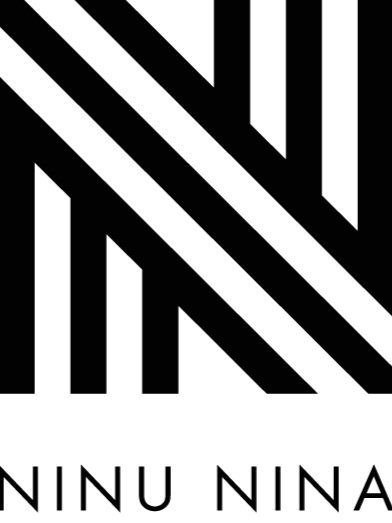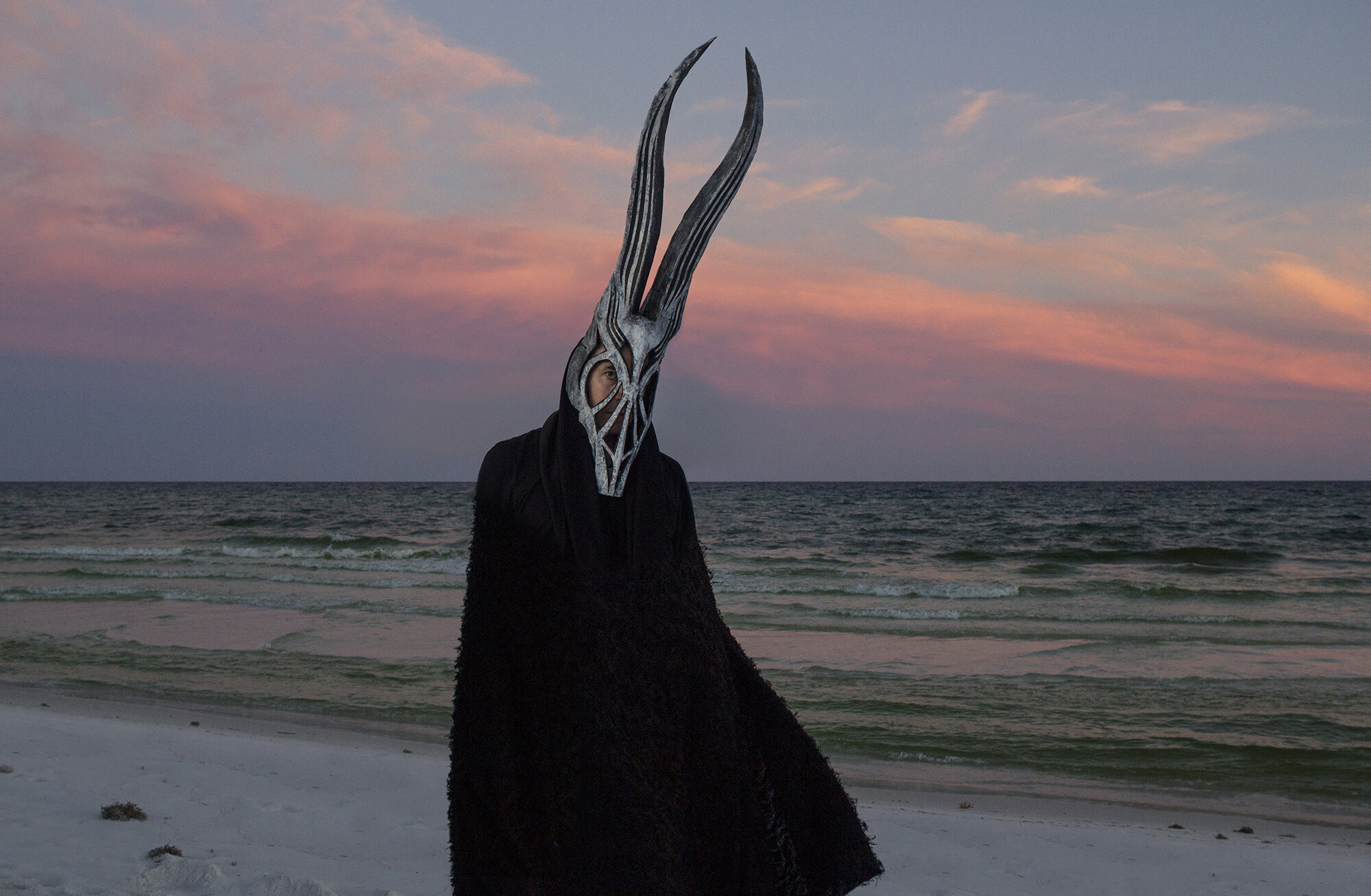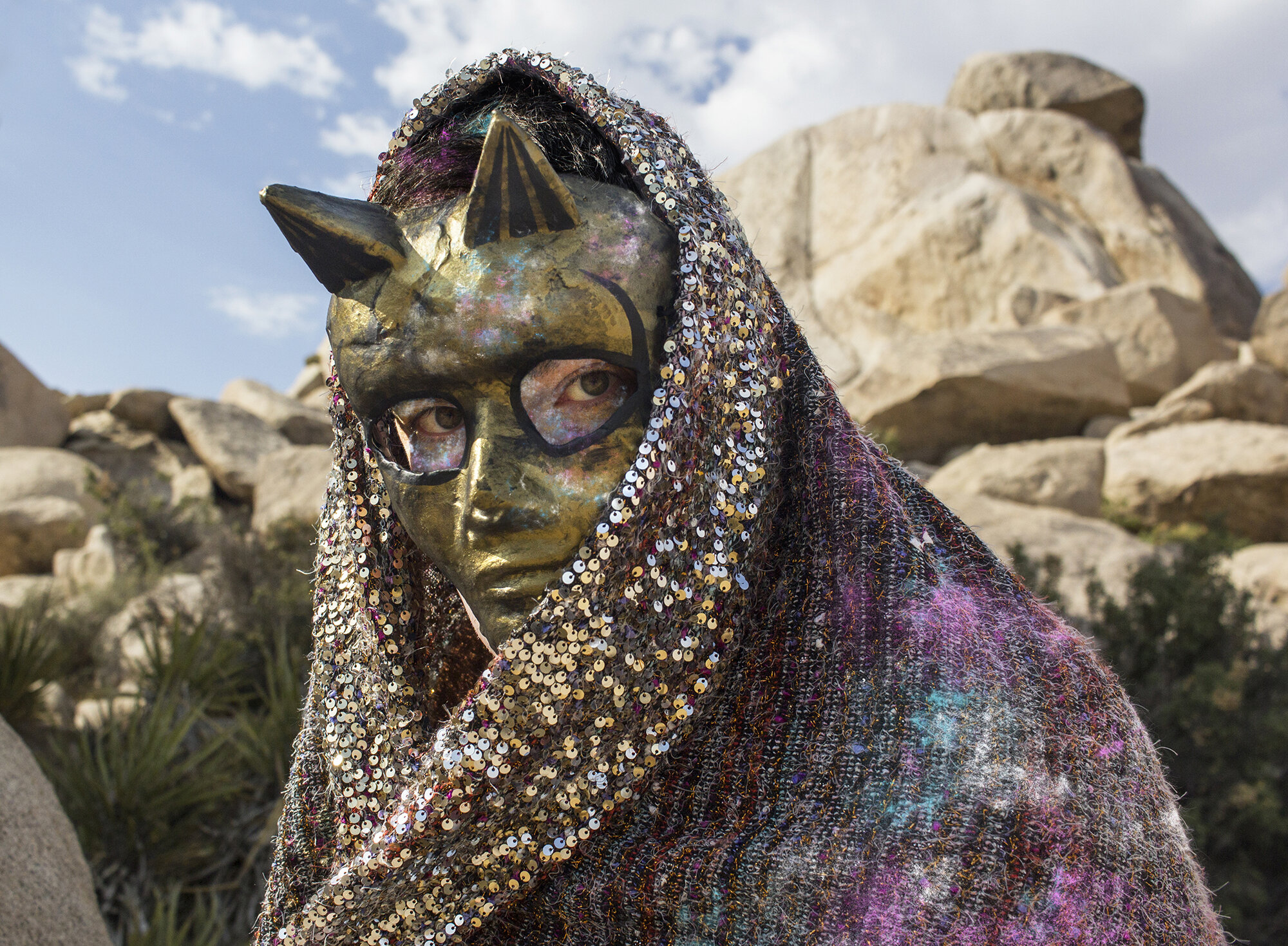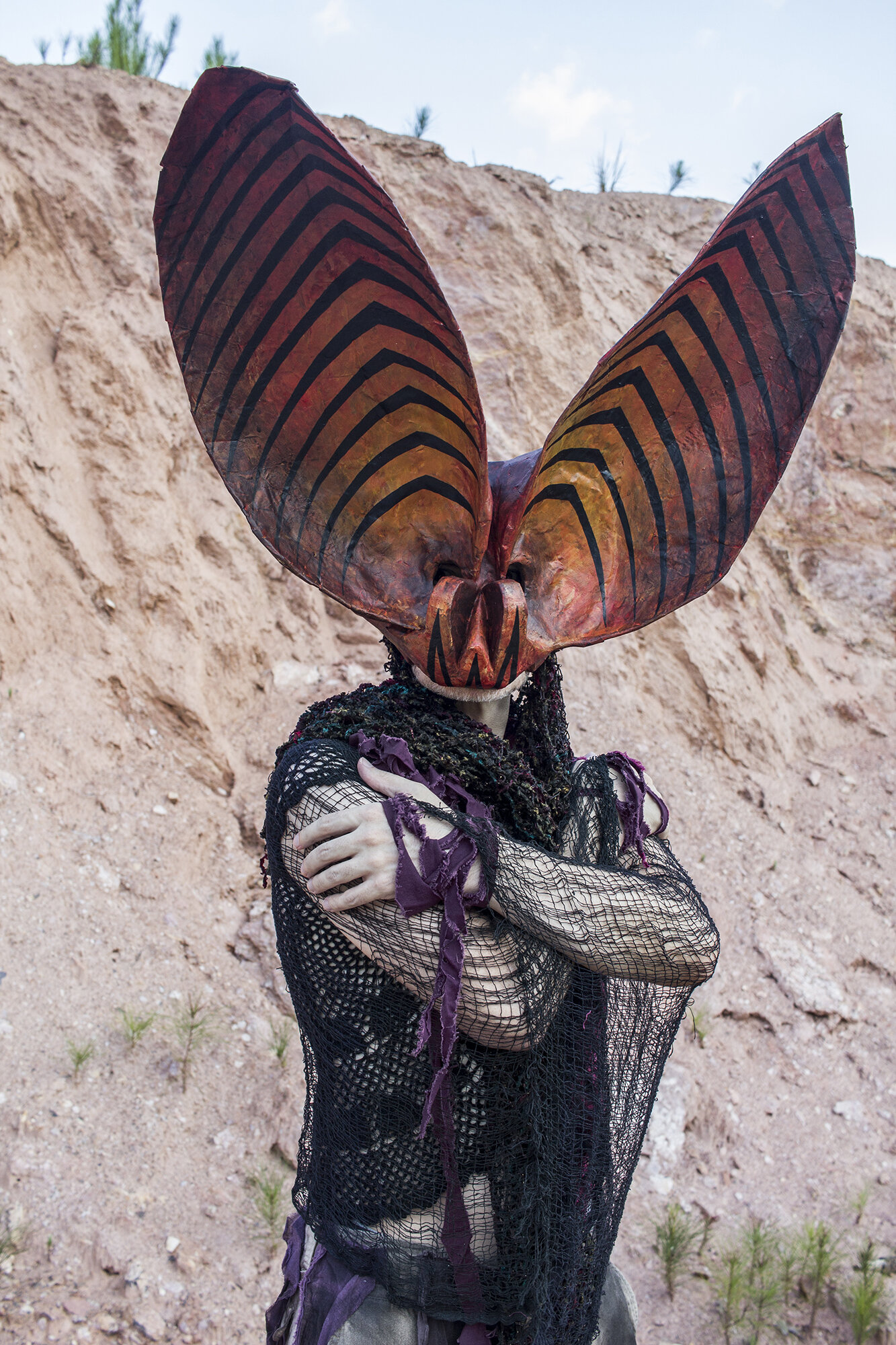MASK AND MYTHMAKER JYM DAVIS
I live in Georgia but I make artwork all over the United States. I’ve completed seven artist-in-residencies. Five of those residencies were through the National Park Service, and all of them were in remote, wild places. I just completed a residency in the Nevada desert. I am also an Art Professor at Reinhardt University where I teach both studio and digital art.
Your greatest inspirations or influences Jym?
I find most of my current inspirations in ancient folk traditions. I’m particularly influenced by the British Isles and Northern European mask customs. There is nothing like it in the United States so I’m very fascinated by them. Many of these traditions are so old that scholars sometimes have a hard time explaining the origin. However, when modeling and photographing my work I am more influenced by contemporary artists. I always look at Roger Ballen’s photographs, and I like the mystery in early Terry Gilliam and David Lynch films. I always approach my work with a sense of unexplained mystery.
Tell us a bit about your creative process?
One of the things I like about mask-making and wearable art creation is that it requires patience and involves several skills. I build my creations with heavy paper and wrap them in paper mâché. You can’t rush that process because it involves drying time. After that, I use many layers of acrylic paint and ink washes, which also requires time. This relatively slow process encourages me to have several pieces going at once. I usually have three or four pieces going to keep my hands moving. I often bring fabric and metal trinkets like bells into my work as well.
How has this year changed your creativity or how you see the world changing moving forward?
I was actually more productive last year because I was stuck at home like everyone else. But I missed being able to do the artist-in-residencies in the National Parks. Working in Nevada and California last month was an especially enjoyable time. I can’t predict how the world will change moving forward. It’s an interesting time for artists because we are all re-thinking the way we showcase and sell work. For me, selling work online has become more central than gallery representation.
Who do you consider to be an icon of our time?
In terms of fine art there really aren’t true icons anymore. By that I mean artists that anyone on the street would recognize…Warhol, Picasso, or Basquiat. Certainly there are big names in the art world like Damien Hirst and Jeff Koons but these are not names most people will know. Perhaps this is a good thing. It opens up the definition of art and creates less copy-cat work and artist worship.
Do you think the art world needs to change, and if so how do you feel it can improve?
I’m encouraged that digital technologies have opened things up for artists. A photographer or filmmaker can now access excellent equipment for a relatively cheap cost. Likewise, the internet (for all it’s many, many flaws) lets artists connect directly with patrons in a way that was previously impossible. I’m distrustful of any official art ‘gate keepers.’ The big gallery and art auction machine is as homogeneous, repetitive, and profit driven as ever, so I’m glad there is an alternative for smaller market artists such as myself.
What does well being mean to you?
Making artwork and living in the moment. I’ve come to view creating art as essential therapy for me. It is especially important to make objects with my hands in the screen-obsessed culture that we live in. There is a calming, satisfying aspect to physical creativity that is so important to my daily routine.






